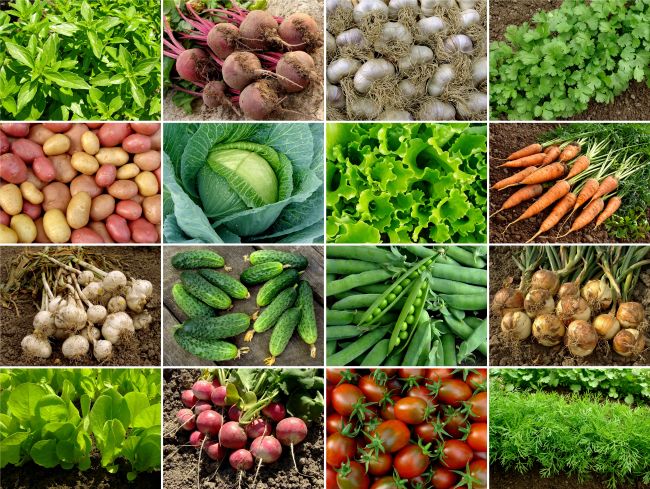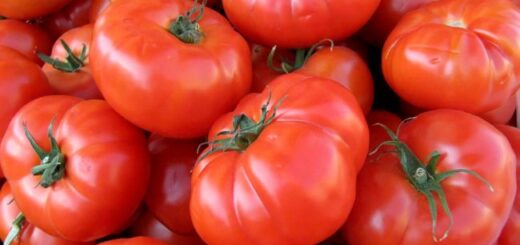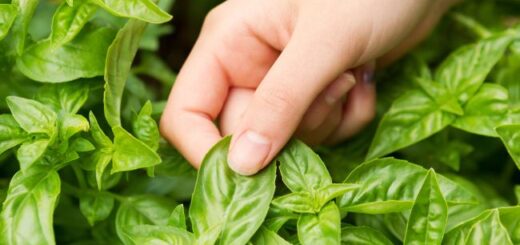Gardening Calendar 4th Week in January ( audio available )

This week, the GardenAdvice team brings you a gardening calendar focused on tasks for your vegetable or kitchen garden. With the days growing longer and temperatures beginning to rise, now is the perfect time to plan ahead and start sowing early-season crops. This key period lays the foundation for abundant summer and autumn harvests starting with carrots and peas under cloches or low polytunnels
We’ve also been experimenting with a Google DeepDive audio conversation and transcript, highlighting the key points for this week’s calendar. We hope this audio provides you with more detailed information and valuable insights as you continue your gardening journey.
Click Here to the Google Deep Dive audio overview podcast of this week’s gardening calendar as a downloadable .WAV file
Listen to GardenAdvice weekly gardening calendar as an Amazon Alexa news briefing Search your Amazon Alexa skill for GardenAdvice weekly gardening calendar
Sow Peas
- Early Germination
- Peas can germinate at lower temperatures (around 5–7°C / 41–45°F), making them a great crop to sow early.
- Sowing now allows you to harvest earlier crops, provided you protect seedlings from frosts.
- Trench Method
- Dig a trench ~6 inches wide and 3 inches deep.
- Improves drainage (especially in heavy soils) and promotes strong root development.
- Protection from Pests & Cold
- Cover young plants with netting or fleece to prevent pigeons and other pests from feeding on tender shoots.
- Use cloches or low polytunnels to create a warmer “microclimate,” speeding up germination and growth.
Plant & “Chit” Potatoes
- Why Chit Potatoes?
- “Chitting” means allowing seed potatoes to sprout before planting.
- Place seed potatoes (eyes facing up) in a frost-free, bright spot (like a windowsill).
- Sprouts of about 1 inch indicate they’re ready to go into the ground.
- Benefits of Early Planting
- Starting them earlier (once sprouted) helps them establish faster, leading to potentially earlier harvests.
- 9×9 Planting Method
- Planting in a grid—9 inches apart in all directions—creates dense foliage that suppresses weeds.
- Reduces or eliminates the need for earthing up because there are no rows to mound.
Winter Wash for Fruit Trees & Shrubs
- Pest & Disease Prevention
- Winter wash (organic or chemical) helps eliminate overwintering pests (e.g., eggs, larvae) lurking in bark crevices.
- Applying now prevents infestations from gaining a foothold in spring.
- Timing & Technique
- Carry out the wash on a dry, calm day to ensure good coverage.
- Pay attention to tree trunks, branches, and the undersides of branches where pests often hide.
Clear & Maintain Ponds
- Why Now?
- Less wildlife activity in winter means you’re less likely to disturb creatures.
- Removing debris like leaves and sludge improves water quality and reduces harmful build-up.
- Best Practices
- Use a net or a long-handled rake to remove leaves and organic matter at the bottom.
- Check for any blockages in pumps or filters (if applicable) and ensure pond edges are secure.
Build a Marrow or Pumpkin “Clamp”
- Hotbed Concept
- A “clamp” or raised bed formed with layers of organic matter (manure, compost, leaves).
- As the material decomposes, it generates heat—creating a warm bed perfect for marrows and pumpkins in about six weeks.
- Why Build It Now?
- It needs time to heat up as the organic matter breaks down.
- By early spring, the bed will be ready for planting.
Additional Tasks
- Sow Carrots Under Cover
- Use a cold frame or hotbed to kick-start germination in cooler weather.
- Enjoy earlier harvests and a potentially longer cropping period.
- Grow Winter Lettuce
- Select hardy, cold-tolerant lettuce varieties.
- Protect under cloches or in a greenhouse to keep fresh salads going through winter.
- Order Seeds & Young Plants Early
- Popular or specialty varieties can sell out quickly.
- Planning now ensures you get the exact varieties you want.
- Apply Organic Fertilizers
- Spread manure, compost, or well-rotted organic matter on beds.
- Nutrients will break down in time for spring, boosting soil fertility.
- Winter Moth Grease Bands
- Attach grease bands around fruit tree trunks to trap winter moths climbing to lay eggs.
- Prevents caterpillar infestations come spring.
Key Takeaways
- Early Sowing & Planting: Crops like peas and certain potato varieties thrive in cooler temperatures, giving you a head start.
- Proactive Pest Control: Winter wash, grease bands, and protective netting help avoid major problems later.
- Soil & Structure Prep: Trenching for peas, building clamps/hotbeds, and adding organic matter prepare the soil for spring.
- Pond Care: A quick winter clean-up session keeps water healthier for fish, plants, and overall biodiversity.
- Enjoy the Process: Even simple tasks like browsing seed catalogs or chitting potatoes connect you to the growing season ahead.
Happy Gardening! Even in the coldest months, a little preparation goes a long way in ensuring a bountiful year in the kitchen garden.
Around GardenAdvice this week
- MyGardenTeam Service: This service is central to GardenAdvice’s offerings, providing personalised gardening advice and project support, aiming to “transform and revitalise gardens across the country”. It’s positioned as being at the “forefront” of their efforts.
- Gardening Courses: GardenAdvice offers a range of gardening courses, both in-person and potentially online, tailored to individual needs. The emphasis is on a “customised learning experience” that caters to beginners and experienced gardeners. The courses can also be purchased as gifts.
Expert Gardening Advice: GardenAdvice positions itself as a source of expert guidance, providing “complimentary access to our standard online gardening advice service.” The site aims to provide practical tips and guidance on various gardening practices, from vegetable growing to planting specific flowers.





